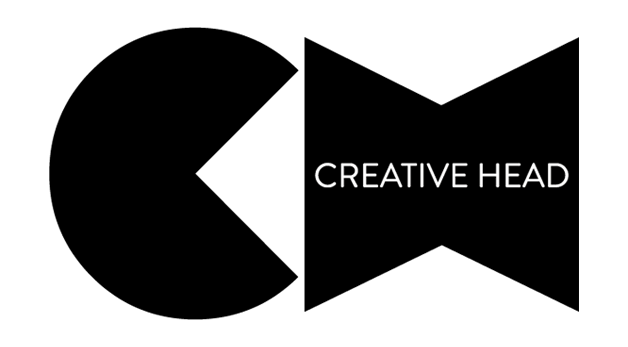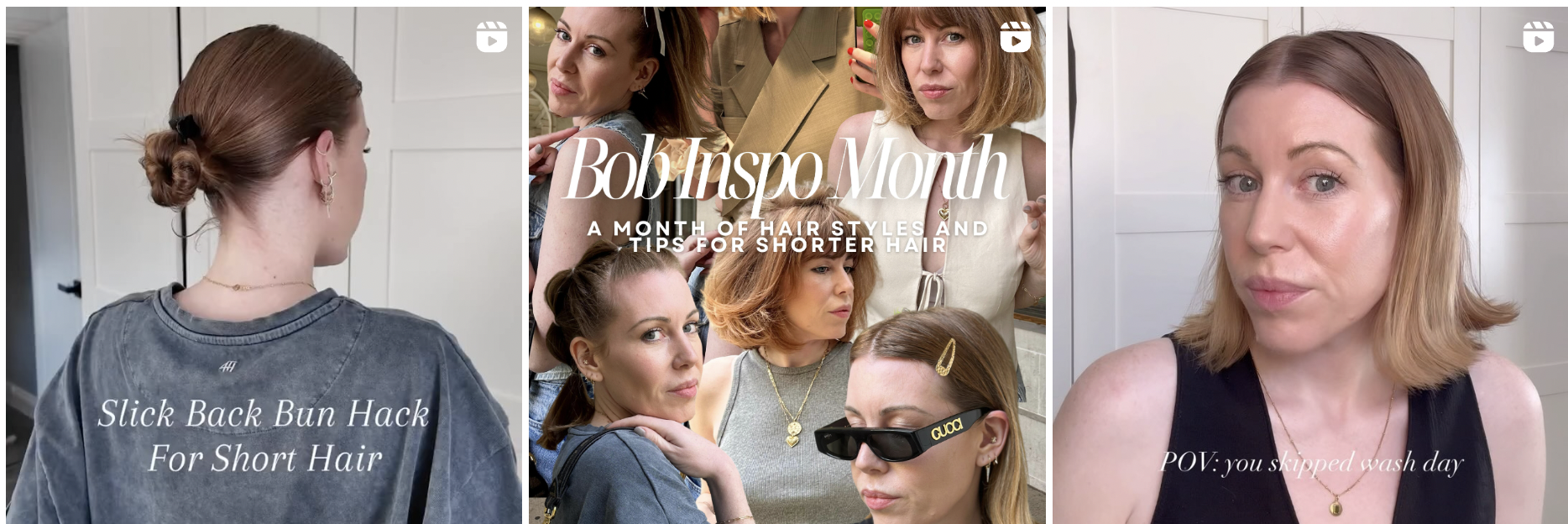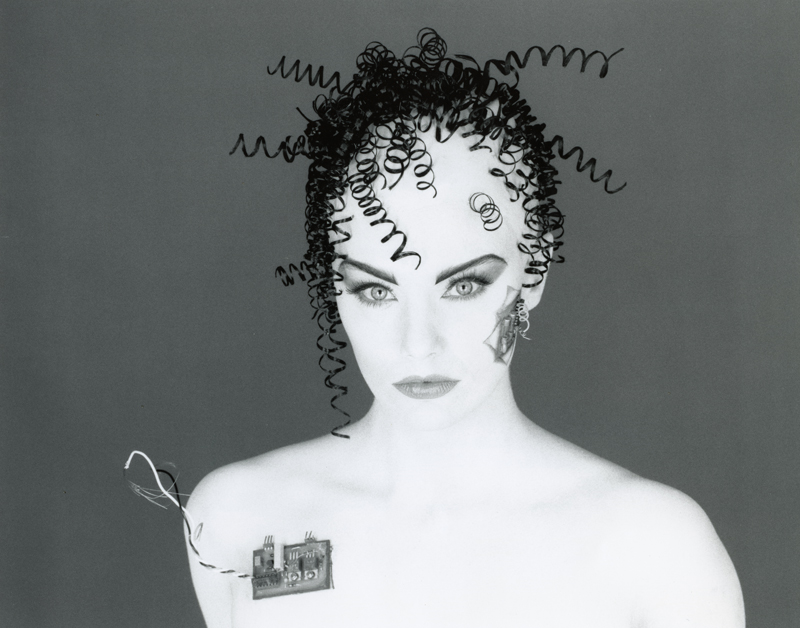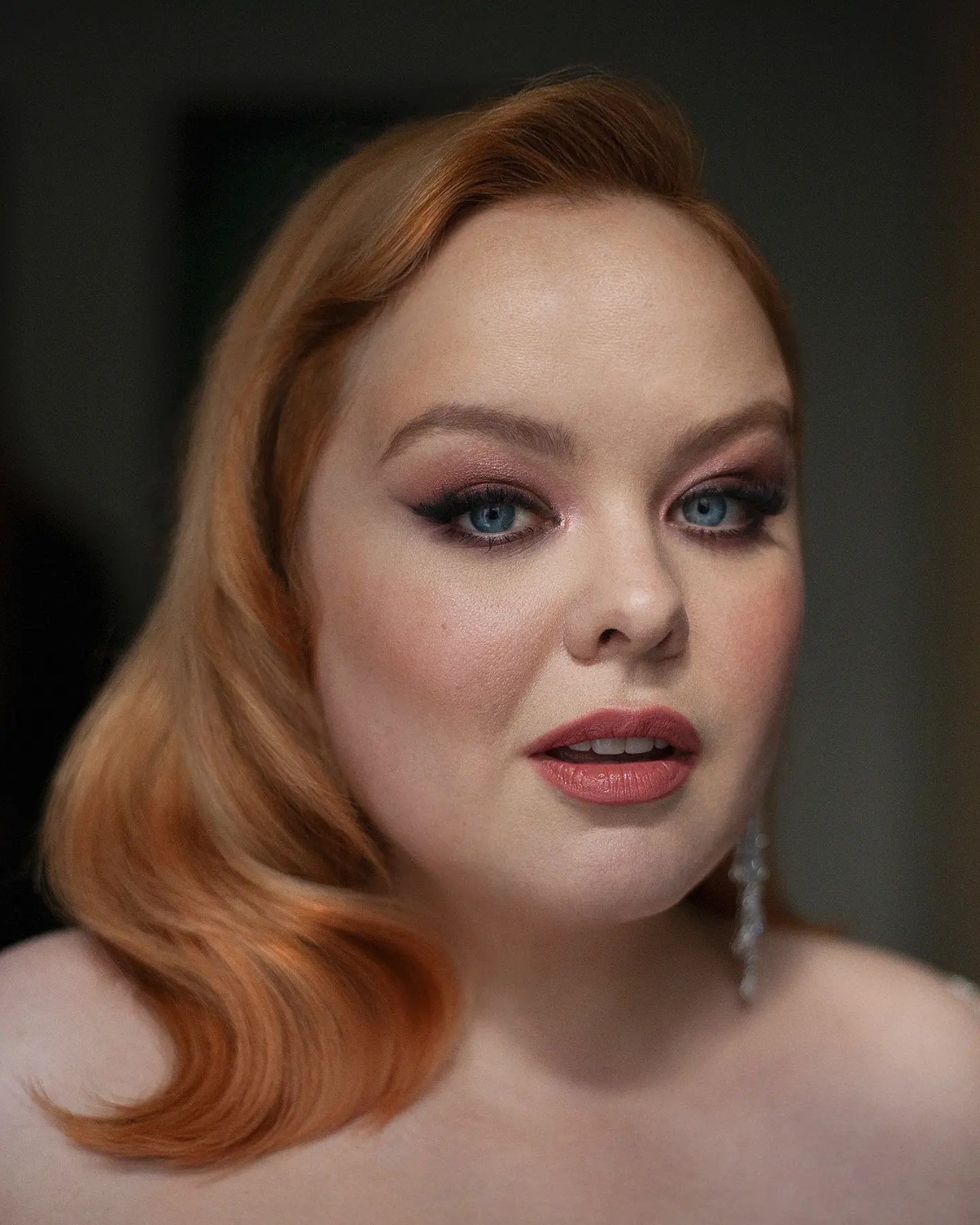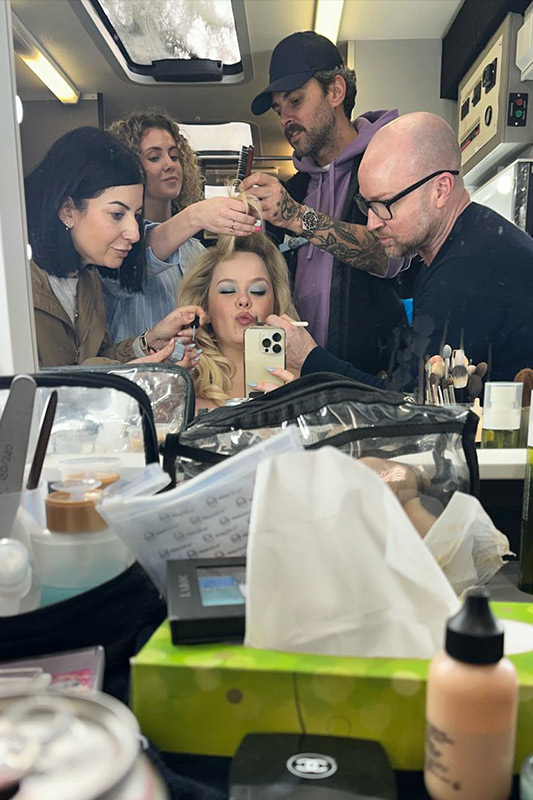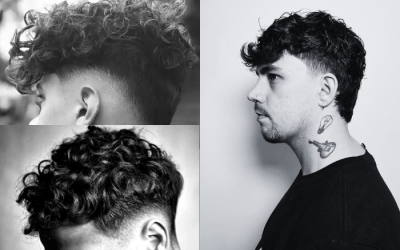
Couple Turned Co-founders: How A Personal Journey Inspired A Holistic Haircare Brand
Couple turned Co-founders: How a Personal Journey Inspired A Holistic Haircare Brand
Kieran Tudor, a stylist turned founder, alongside his wife Laura, created CENTRED to redefine hair health with a focus on internal wellness.
by CAITLYN | DOCUMENTS

For Kieran Tudor, co-founding CENTRED with his wife Laura wasn’t just about creating another haircare brand, it was about solving a deeply personal problem. “CENTRED was born from the journey of hair recovery. I helped my wife and co-founder, Laura, after she suffered from severe hair loss and burnout back in 2017.”
Faced with the challenge of supporting Laura through hair loss, Kieran realised there wasn’t a natural solution that addressed both internal wellbeing and hair health. This led to the development of the Inside Out Method, now a core part of CENTRED’s product philosophy.
“After developing a protocol we used to recover Laura’s hair, we set out to create our range of products that we wished existed but didn’t,“ he explains. In February 2020, after 18 months of research and development, CENTRED was launched, with a mission to help others going through similar challenges.

Kieran’s journey was fuelled by witnessing the emotional and physical toll hair loss took on his wife. Seeing the daily struggle Laura faced helped Kieran understand the stress and anxiety hair loss can bring and inspired him to fill the knowledge gaps and provide a solution not only for Laura but for his clients too.
“Unlike clients who I would see every 6-8 weeks, I saw Laura holding clumps of hair every single day and asking me what to do! Not only did I feel quite helpless, but it also really hit home the emotional and psychological impact that hair loss can have,” he shares.
Kieran’s years of experience as a hairdresser became crucial as he and Laura developed the CENTRED product line. “When it came to formulating the products, that’s when being a hair professional really helped,” he explains. Kieran’s hands-on experience allowed him to case-study products and test samples to ensure they met the highest standards. “I had really high standards and expectations, as did Laura, so we were determined to develop products to the highest standards, or we wouldn’t have done it at all.”

“I think when you’re working behind the chair and recommending your products to your clients, you have to know you’re giving them the best, not cutting corners on ingredients,” Kieran adds. “This direct feedback from clients allows me to continually refine the products and stay true to the brand’s values. For us now it’s also about supporting hair professionals as much as possible.”
Launching CENTRED came with its own set of obstacles, especially given the timing of its debut. “At the beginning, it was all around raising awareness which was difficult in 2020 as we had just a minor thing of a global pandemic taking over so much of the attention.” Undeterred, Kieran and Laura focused on personal connections through 1-on-1 Zoom consultations to help clients during those early, uncertain days. “We set out to support our customers in those early days with virtual consultations, helping us to connect with people and build some real trust and loyalty.” As CENTRED grew and expanded into retail, Kieran learned another important lesson: not to spread the brand too thin.
For other stylists looking to start their product line, Kieran offers this advice: “Find your niche and messaging early on and stick to it. It may feel like you’re repeating yourself, but it is better to do one thing really well than 10 things in a mediocre way.”
Kieran and Laura’s journey of dealing with hair loss firsthand and launching CENTRED is a powerful example of how personal experiences can lead to innovative solutions, especially when you have prior expertise. For stylists and salon owners considering their own product line, Kieran’s advice is clear: focus on your niche, stay committed to your vision, and never stop learning.
